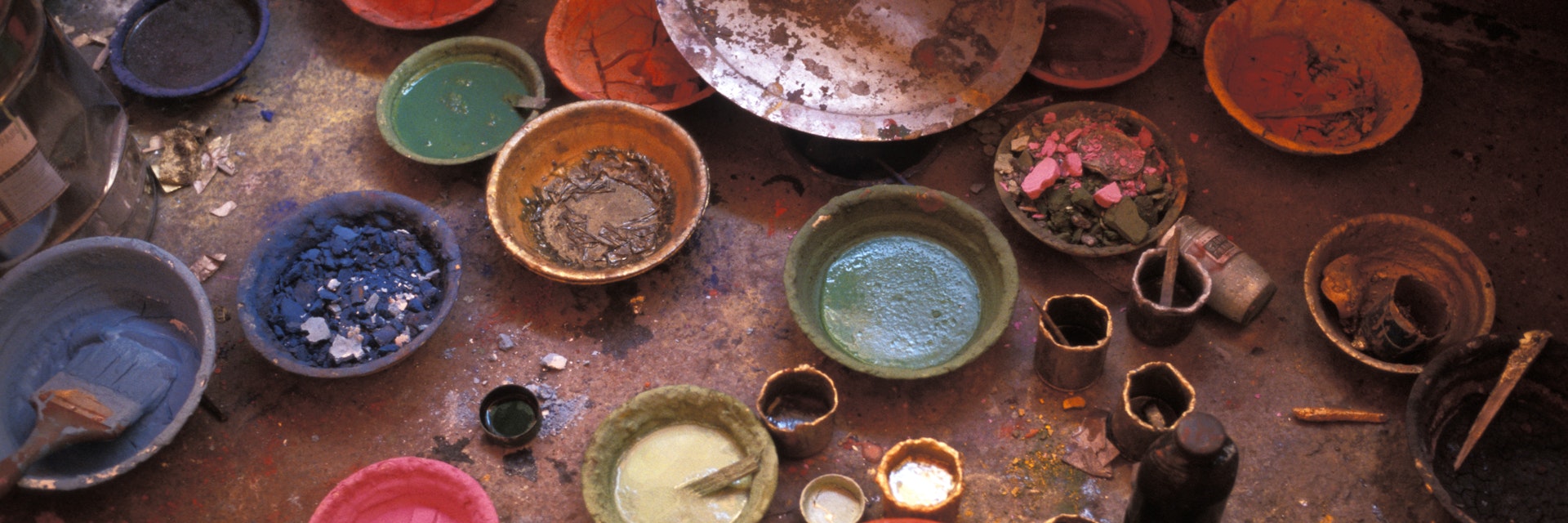This fascinating 1729 printing press houses an ongoing printing operation that still uses traditional woodblock printing methods and maintains more than 290,000 scripture plates, an astonishing 70% of Tibet’s literary heritage. It's the biggest and most important of three such printing presses (the others are in Lhasa and Gansu). It's more than just a mere printing house though; this is a religious and pilgrimage site, and throughout the day and early evening scores of pilgrims circumambulate the outside of the building.
Have a look in the main hall, protected from fire and earthquakes by the guardian goddess Drölma (Tara). There are some nice murals in the two ground-floor chapels (bring a torch). Afterwards, head up the stairs on the left-hand side of the courtyard to examine the wood-block storage chambers before climbing a steep ladder up to the main attraction: pairs of printers working together to ink and press more than 2500 prints each day at lightning speed. In a side room on the same floor, you’ll find the senior printers making larger and more complex prints of Tibetan gods on paper and coloured cloth. Aside from a brief interlude during China's Cultural Revolution, these printers have been in operation continuously since the founding of the monastery in much the same atmosphere as they work in today.
The wood blocks are engraved with scriptures from all of the Tibetan Buddhist orders, as well as Bön (苯教), a religion that predates the arrival of Buddhism in Tibet. These ancient writings cover astronomy, geography, music, medicine and Buddhist classics, including two of the most important Tibetan sutras. A set of 555 woodblock plates, written in Hindi, Sanskrit and Tibetan, describes the history of Indian Buddhism and is the only surviving copy in the world.
On the way out, don't miss the steep ladder that gives access to the paper-cutting rooms upstairs and a small rooftop shrine beyond.
You aren’t generally allowed to take photos inside.
To get here, turn right out of the bus station, then left over the bridge and keep walking straight up the hill.

